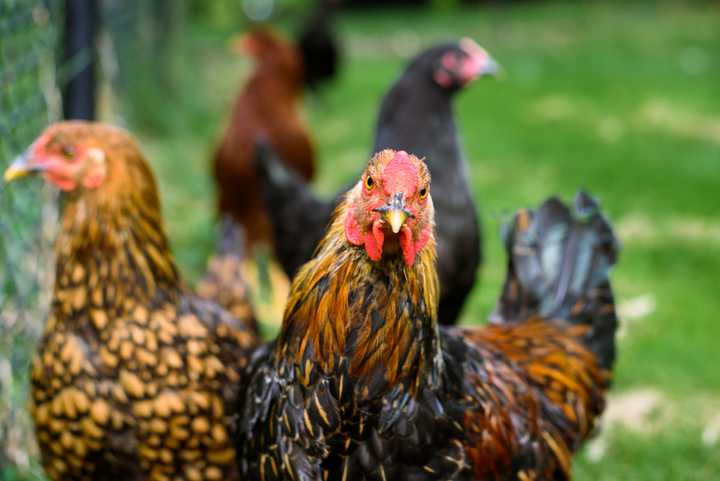These mutations, found in the hemagglutinin (HA) gene, play a key role in helping the virus attach to cells in the upper respiratory tract.
This discovery stems from the first severe US case of H5N1, involving a Louisiana resident over 65 who had direct contact with infected backyard birds.
Notably, these mutations weren’t present in the bird samples, suggesting they developed after the virus jumped to the patient.
The CDC reassures the public that the overall risk remains low, with no evidence of human-to-human transmission.
Still, experts are keeping a close watch, as the mutations could signal the virus’s potential to adapt further to humans.
H5N1 has circulated in birds for decades, but human cases are rare and typically linked to close contact with sick animals.
This year, the US has reported 61 human infections, most of them mild. In response, health authorities are bolstering biosecurity in poultry farms and advising vigilance for those who handle birds.
To stay safe, the CDC recommends avoiding contact with sick or dead birds and practicing good hygiene when handling animals.
This continues to be a developing story. Check back to Daily Voice for updates.
Click here to follow Daily Voice Ashburnham-Westminster and receive free news updates.
